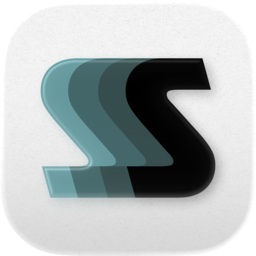Score Card 4.0.3 Released
- Date
Score Card 4.0.3 adds design improvements to better fit with iOS 26. This is a subtle change and also keeps most of the design elements for iOS 18 the same.
Of note, the numeric keyboard is styled closer to modern iOS’s keyboard. The settings menu from either game type is now a standard popup menu. For iOS 26, a lot of the buttons were glass-ified.
The app also has a new icon, thanks to Icon Composer and Inkscape.

Check out the app on the App Store.